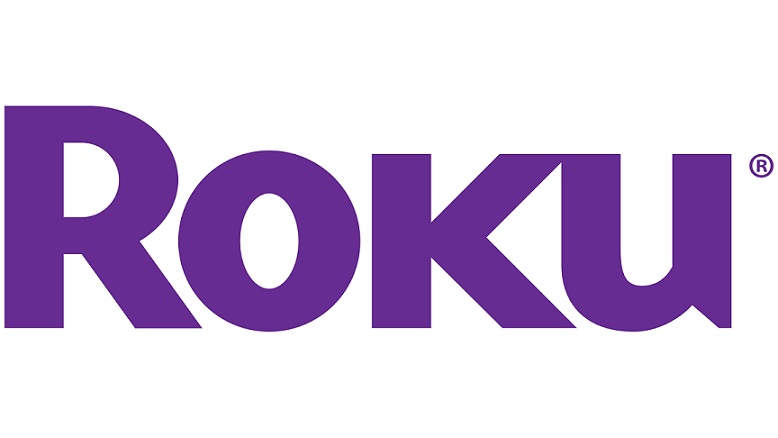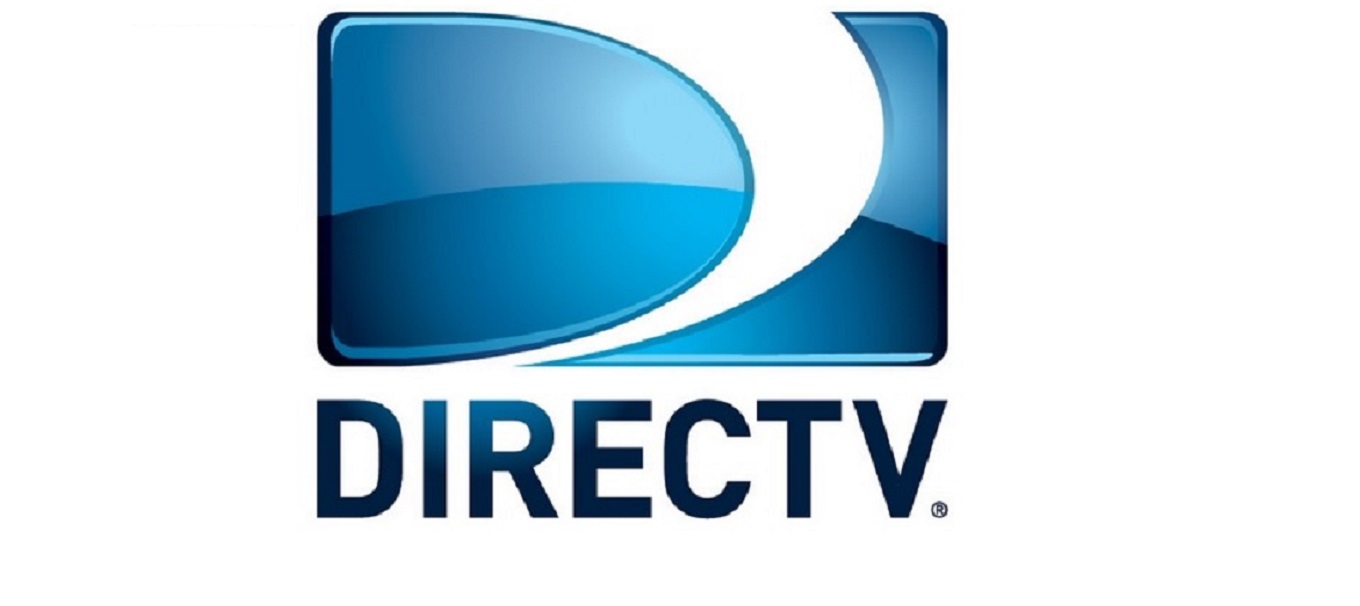More than price affecting interest in cable
Is this the beginning of the end of the bundle? The “bundle” we refer to is the large group of hundreds of channels that cable and satellite customers regularly pay upwards of $150.00 per month to receive. The pay TV industry overall has continually shed viewers each quarter so much to the point that Bob Iger, Disney/ESPN boss is already adjusting his earlier statements on offering ESPN as a stand alone service. In a statement to CNBC last week reported by Re/Code’s Peter Kafka, Iger may have fired an arrow into the heart of the Pay TV industry.
“ESPN is fortunate that it is a brand that we believe ports well to any new platform — whether that is a smaller bundle, whether that is an over-the-top package of programming, or whether it is a direct-to-consumer business.”
How many viewers has the pay TV industry shed?
According to a story by Fierce Cable the pay TV industry has lost at least 300 thousand subscribers in the second quarter of 2015. Large cable companies like Time Warner Cable regularly tout their profit margins and brag of record numbers in an attempt to hide the truth about customer loss but numbers don’t lie. How do cable companies continue to mask customer losses with high profits? Fees. Cable companies regularly tack on extra fees for existing services to the customers that stick with them basically penalizing them for their loyalty. But as fees and costs increase it leads more customers to look into other solutions. This is like sealing off a wound by causing an infection and it is unsustainable. The cable industry needs the majority of Americans to buy in to the system in order to sustain itself and it is starting to lose the majority one generation at a time.
Is cable going to become a service of the 1%?
Multiple reports show that millennials are not adopting cable as they begin to pay their own bills. Expense is often cited as a reason behind this. Over 10 years of stagnant wages and lower starting pay for new workers, even highly educated ones, due to what the recession of the early 2000′s has made many people evaluate exactly how important it is to pay premium prices for television. How expensive does it have to get before families with an income of 120k a year decide in mass that TV is too expensive. What about the poor? Is anybody going to struggle between making a car payment and watching the real housewives of Orange County? They better not.
People Are Too Busy
Besides stagnant wages and cost of living increases we think there is another reason that millennials are not signing up for cable or satellite services in the way that previous generations did and why existing customers are dropping. Another result of the bad economy is that people often work more than one job. This country is not a 9-5 society anymore. This country does not even give retail workers Thanksgiving and Christmas off anymore I mean what if someone wants to go get a discount at Walmart during halftime of the Cowboys game? Why would a person with two part time jobs and an uneven schedule want to pay for a service they can’t even watch? Especially when it is so easy to access programming on demand either through piecemeal methods like purchasing shows individually or signing up for services like Hulu which have first run TV shows available less then 24 hours after they air. Let’s not even start the discussion of pirating. Trust me there are people who can pay for cable that choose not to because they can’t use it and offering the ability to watch TV on a tablet as part of a bundle is not going to fix that problem. Cable companies tout DVR’s as a solution to the misery that is that lifestyle but at an extra cost of course.
The industry needs to start looking at the market changes for what they are. Societal shifts. Most cable channels have never been very popular. They were just supported because of strong arm tactics by content owners. There is really not a market for multiple Lifetime Networks, multiple Discovery Channels and so on. And as the numbers of channels has increased the fees that pay TV channels have to pay to get the prime content they want to offer customers has increased. The more expensive the cable bundle gets the more ridiculous it seems to pay for a History channel that grows more and more dedicated to reality shows like Ice Road Truckers and fantasy shows like Ancient Aliens and far less about “HISTORY”. HBO and Showtime have made the jump out of the bundle in the past year providing a simple option for cord cutters to watch some of the most buzz worthy shows on cable. The entire TV industry could hinge on just a few more major brands becoming available without cable. Those brands being ESPN, USA Network and AMC. Three of those networks are already available without a traditional pay TV bundle through Sling TV. Sling TV for its merits though is simply a small bundle for a competitive price. True A-la-carte ESPN will be the end. True not every single person with cable tunes in to ESPN or even likes sports but lets just say ESPN became available and 45 percent of the pay TV industry cancelled. I don’t think that the cable and satellite industry is going to convince those who are left that paying $340.00 per month is worth the cost. When the industry can’t hide price increases with new box rental fees, modem rental fees, local channel fees and charging customers to pay bills over the phone (REALLY TWC) they will die a swift death. And the only people who will morn them will be the thousands of newly laid off people looking for two jobs to replace one.






